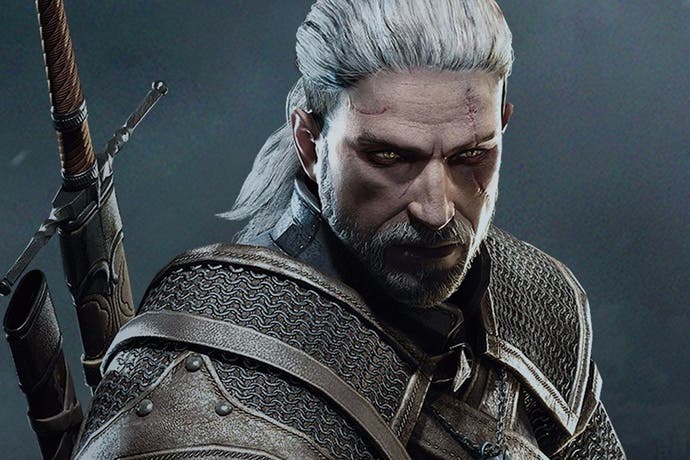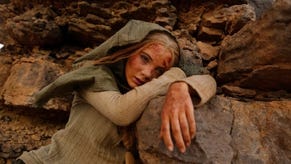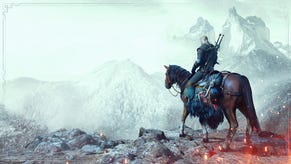Performance Analysis: The Witcher 3: Wild Hunt
PS4 and Xbox One tested head-to-head, with some very mixed results.
The Witcher 3 is a roaring success in the critical sphere, and despite some rough technical points it's one of the finest RPGs of this generation to date. However, PlayStation 4 and Xbox One each throw a curve-ball in their delivery of the game, particularly when it comes to the subject of performance. For those still mulling over which console version to go for, we can confirm both consoles offer world detail, shadows, lighting and alpha effects to a matching standard - but it's resolution and more importantly frame-rate that sets the two apart.
The first distinction is that PS4 caps its frame-rate at 30fps (with v-sync), while Xbox One runs with no cap at all to allow a variance between 30-40fps during play. This means Sony's machine is in theory capable of a smoother experience - with the cadence of frame delivery forced to a consistent rate. However there are issues on the Sony side side as well, and the net result is that neither feels truly smooth, though for very different reasons.
To start with cut-scenes, a firm 30fps line is held on PS4 during an early griffin encounter, and in practice this gives us smoother motion compared to the 35fps read-out on Xbox One (higher frame-rate does not automatically mean a better experience overall, something we've covered in-depth before). However, the problem here is that if the PS4's frame-rate drops below this number, it instantly locks to 20fps. It's an instant switch, much like the double-buffer method of v-sync seen in Metal Gear Solid 4 on PS3. In one later scene involving heavy ice effects, it's notable that Xbox One does glance this 20fps figure at a similar moment, but unlike PS4 it's able to waver up and down the scale more freely. Meanwhile, Sony's platform is stuck at this value for long stretches of a scene.
The PS4's approach causes the sensation of stutter to be worse at these stress points. Where performance is sub-30fps, Xbox One also retains a frame-rate advantage overall - and there's rarely a point in our analysis where Microsoft's hardware isn't ahead. That said, whenever PS4 does render at a clear 30fps, the presence of a cap and the resultant steady frame-pacing makes it the superior game in motion.
Actual gameplay paints a slightly different picture. A trip through the busy Novigrad city really puts both consoles through their paces, and Xbox One is essentially reduced to a 29-31fps range of fluctuations that produces stutter. By comparison, PS4 doesn't go over this line, but nor is it especially well optimised for large areas like this, with 25fps lurches seen at its worst. This is perhaps an issue of background streaming lots of new geometry and NPCs at each turn - as made evident by the heavy texture pop-in for each console. Sadly, each turn prompts Sony's platform to hiccup to 29fps as we canter forward, meaning it rarely feels much smoother than Microsoft's platform in a synced test, despite the frame-rate cap.
In open spaces, rapid gallops through forests produces similar results; regular single-frame drops on PS4 disrupt motion, while Xbox One runs above 30fps to cause its own frame-pacing issues. In battle, both platforms flatten at around 30fps, while a lengthy fight with a griffin shows bigger drops once we cast alpha-based spells such as Igni. The end effect is the same: neither console version feels as smooth as it should, and each is prone to big dips during gameplay.

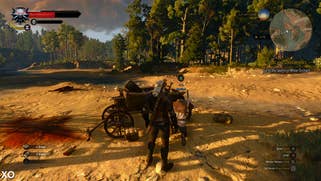

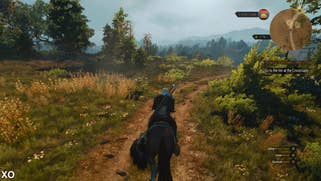


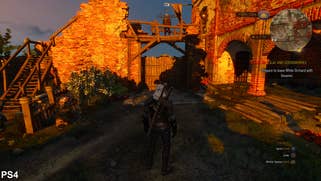


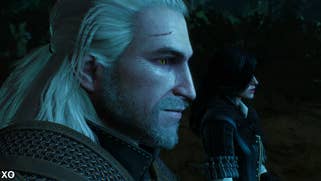
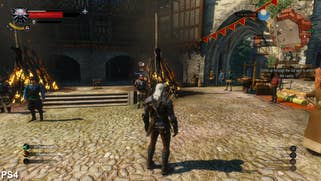
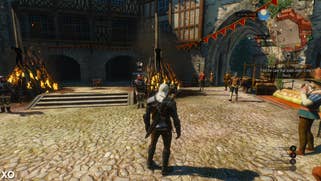
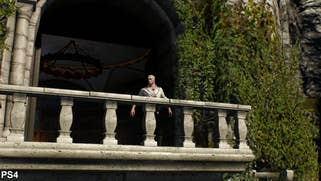
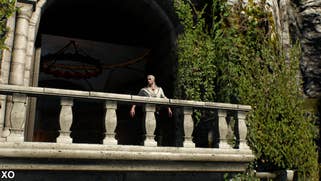
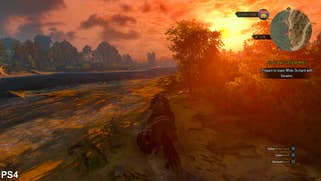
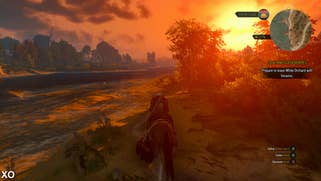
Overall, the fact Xbox One tends to holds a higher frame-rate is misleading in terms of the quality of the end experience; a capped 30fps is by far the preferred option in this case and we still hope to see it implemented in a future update. The PS4 release has the right tactic, but it lets itself down by being unable to stream in world geometry or render effects at a perfect 30fps to take advantage of this. The perceived effect is a judder to motion on both consoles, for cut-scenes and gameplay, though PS4 is capable of smoother passages of play at times. When it comes to performance, and factoring in the game's superior 1920x1080 output, Sony's hardware is a preference - but it's not the clear choice we had expected.
Our full analysis of The Witcher 3 is en route now the PC release is out, where we'll cover how PS4 and Xbox One hold up to its best graphics settings. As a frame of reference, these consoles already appear to lurk at the PC's mid-point in terms of overall quality - with extras like velocity-based motion blur, chromatic aberration, bloom, and light shafts all engaged. On the visual front the PC's likely set for an expected win, but the hardware required to run at its 'uber' foliage preset and its Nvidia Hairworks fur effects could be a sticking point - even for more capable graphics hardware.
